Health Monitoring Advancements
The Wearable Electronic Market is experiencing a surge in demand for devices that facilitate health monitoring. Innovations in sensor technology enable wearables to track vital signs such as heart rate, blood pressure, and oxygen saturation with remarkable accuracy. According to recent data, the health and fitness segment of the wearable market is projected to reach a valuation of approximately 60 billion dollars by 2026. This growth is driven by an increasing consumer focus on personal health and wellness, as well as the rising prevalence of chronic diseases. Consequently, manufacturers are investing in research and development to enhance the functionality of wearable devices, making them indispensable tools for health management. As a result, the integration of advanced health monitoring features is likely to propel the Wearable Electronic Market further, appealing to a broader audience seeking proactive health solutions.
Consumer Demand for Connectivity
The Wearable Electronic Market is increasingly influenced by consumer demand for connectivity and seamless integration with other devices. As the Internet of Things (IoT) expands, consumers expect their wearables to interact effortlessly with smartphones, smart home devices, and other connected technologies. This interconnectedness enhances the user experience, allowing for real-time data sharing and notifications. Recent statistics indicate that nearly 70% of wearable device users prioritize compatibility with their existing technology. Consequently, manufacturers are focusing on developing wearables that not only function independently but also serve as integral components of a larger ecosystem. This trend is likely to drive innovation in the Wearable Electronic Market, as companies strive to create devices that meet the evolving expectations of tech-savvy consumers, ultimately leading to increased sales and market penetration.
Regulatory Support and Standards
The Wearable Electronic Market is also shaped by regulatory support and the establishment of standards that promote safety and efficacy. Governments and health organizations are increasingly recognizing the potential of wearable technology in healthcare, leading to the development of guidelines that ensure product reliability and consumer protection. For instance, regulatory bodies are working to create frameworks that facilitate the approval of health-related wearables, thereby instilling consumer confidence in these devices. This regulatory environment is likely to encourage investment in the Wearable Electronic Market, as companies seek to comply with standards while innovating their product offerings. Furthermore, as regulations evolve, they may pave the way for new applications of wearable technology in clinical settings, potentially expanding the market further. Thus, the presence of supportive regulatory frameworks is a crucial driver for the Wearable Electronic Market, fostering growth and innovation.
Rising Awareness of Health and Fitness
The Wearable Electronic Market is benefiting from a growing awareness of health and fitness among consumers. As individuals become more health-conscious, the demand for wearable devices that assist in tracking physical activity, sleep patterns, and overall wellness is on the rise. Market Research Future indicates that the fitness tracker segment alone is expected to witness substantial growth, with estimates suggesting a market size of over 30 billion dollars by 2025. This heightened awareness is further fueled by social media and fitness influencers who promote the benefits of wearables in achieving health goals. As a result, manufacturers are increasingly targeting this demographic, developing products that cater to specific fitness needs and preferences. The emphasis on health and fitness is thus a pivotal driver for the Wearable Electronic Market, encouraging innovation and expanding the consumer base.
Technological Integration and Innovation
The Wearable Electronic Market is witnessing rapid technological integration, particularly with advancements in artificial intelligence and machine learning. These technologies enhance the functionality of wearable devices, allowing for personalized user experiences and improved data analytics. For instance, AI algorithms can analyze user data to provide tailored health recommendations, thereby increasing user engagement and satisfaction. The market for smartwatches, which often incorporate these technologies, is expected to grow significantly, with projections indicating a compound annual growth rate of over 20% in the coming years. This trend suggests that as technology continues to evolve, wearables will become more sophisticated, offering features that extend beyond basic tracking to include predictive health insights. Thus, the ongoing innovation in technology is a critical driver for the Wearable Electronic Market, fostering a competitive landscape that encourages continuous improvement and differentiation.

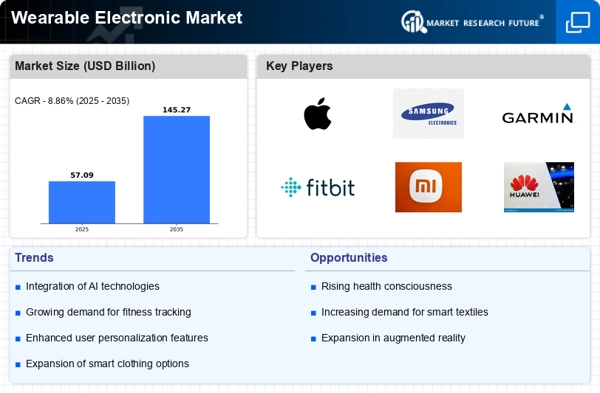
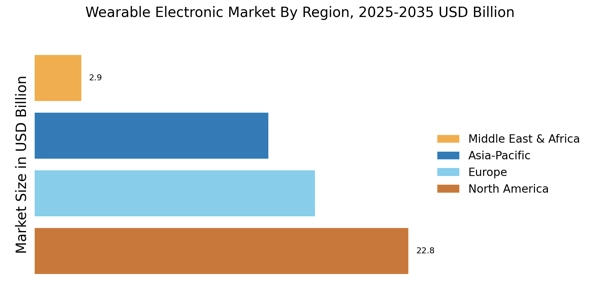
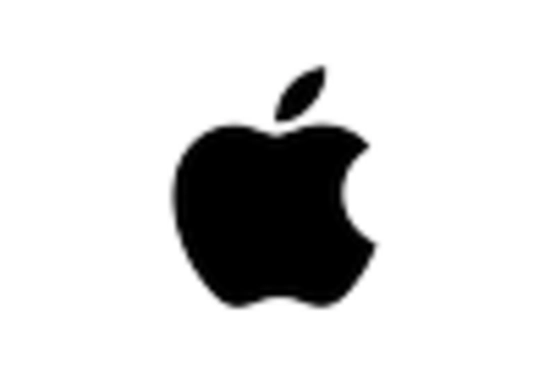
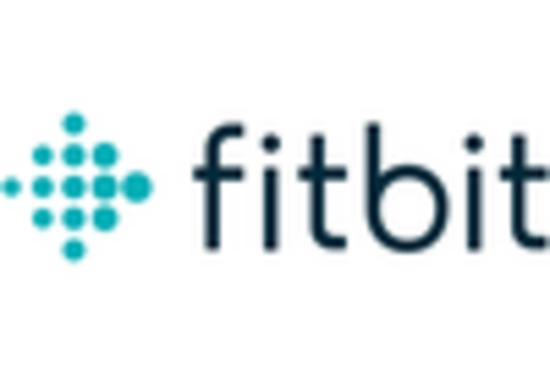
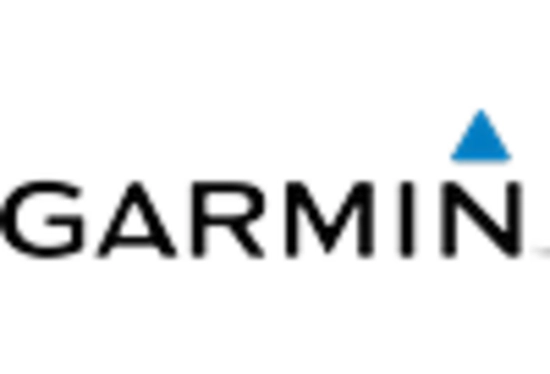
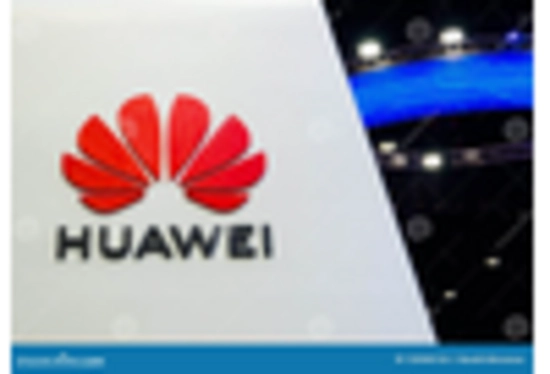

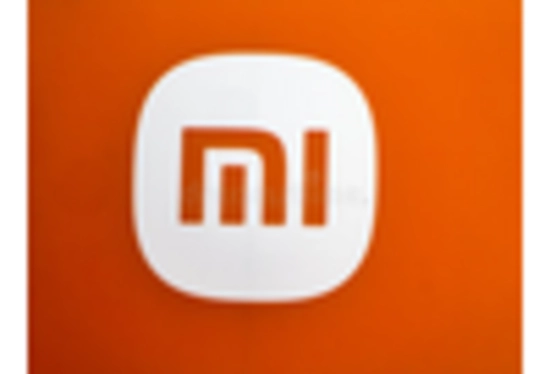








Leave a Comment